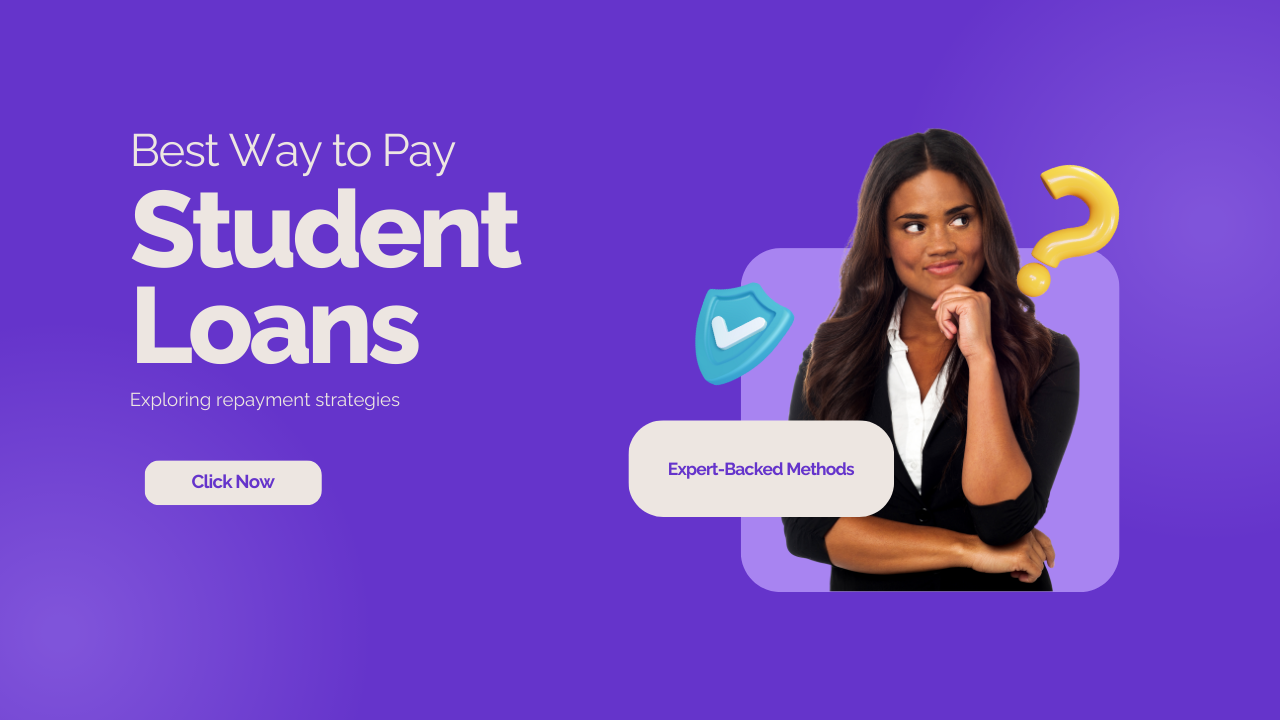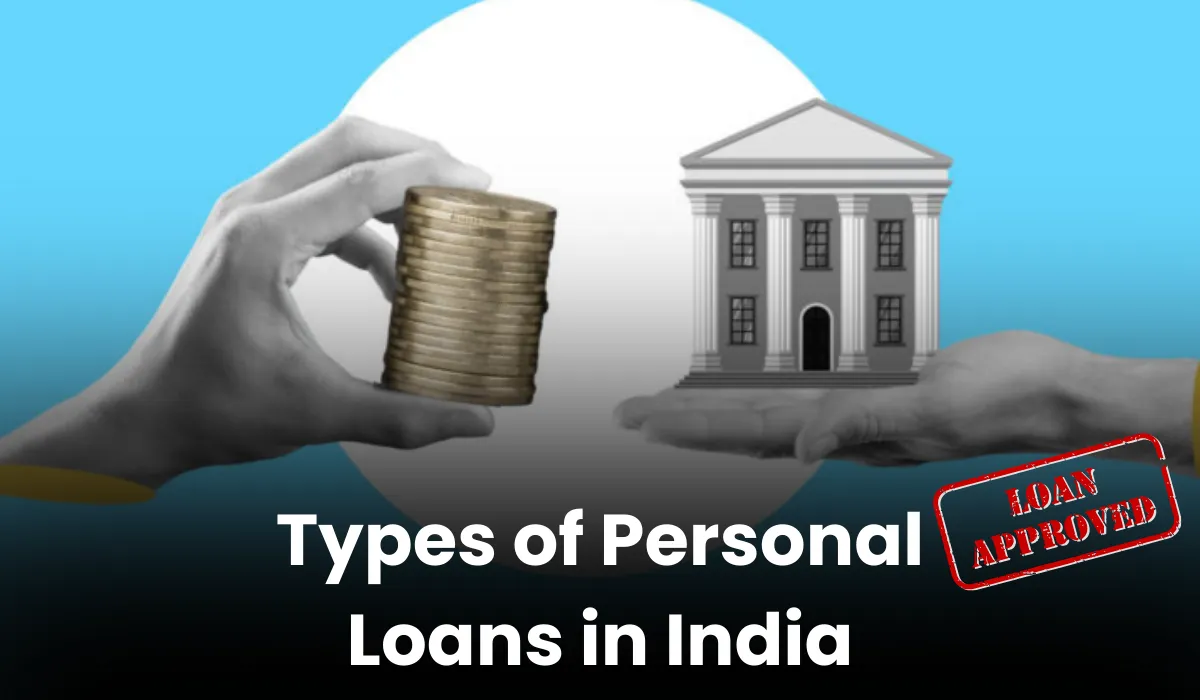As we explore the complex world of student loan repayment, a key question emerges: what’s the best way to pay off student loans? We believe that finding effective strategies for repaying student loans is vital for achieving financial freedom. With education costs rising, it’s critical to find the best methods for paying off student loans efficiently.
We aim to offer readers practical advice to tackle student loan debt and find the best repayment methods. We’ll dive into the latest strategies and explore how to efficiently pay off student loans. This will help individuals make informed choices about their financial future.
Key Takeaways
- Understanding the best way to pay off student loans is key to financial freedom
- Exploring repayment strategies helps make informed decisions
- Effective strategies can reduce debt and save money
- Knowing how to pay off loans efficiently relieves financial stress
- Staying updated on the latest repayment methods is essential
- Creating a personalized plan is vital for successful loan repayment
The Current State of Student Loan Debt in America
Student debt is a big problem for many Americans. It affects different groups and shapes their plans for the future.
Latest Statistics and Trends in Student Loan Borrowing
By 2023, the U.S. had over $1.8 trillion in student loans. More graduate students and those at private schools are borrowing money.
| Year | Total Student Debt | Average Debt per Borrower |
|---|---|---|
| 2019 | $1.6 trillion | $32,731 |
| 2020 | $1.7 trillion | $33,000 |
| 2023 | $1.8 trillion | $34,000 |
Recent Changes in Federal Loan Policies
There have been big changes in federal loan policies. These include new repayment plans and interest rates. The goal is to help borrowers manage their debt better.
Impact of Economic Conditions on Student Debt
Economic changes, like inflation and job market shifts, affect student debt. Higher living costs and job availability impact how well borrowers can repay their loans.
Best Way to Pay Off Student Loans: Expert-Backed Methods
Paying off student loans can feel like a big challenge. But, with the right strategies, we can conquer this debt. Knowing the best ways to pay off student loans helps us make smart financial choices.
- Budgeting Techniques: Making a detailed budget lets us set aside money just for loan payments. This keeps us on track and disciplined.
- Debt Avalanche Method: Paying off loans with the highest interest rates first saves us money in the long run. It helps us pay less interest overall.
- Debt Snowball Method: Paying off the smallest loans first gives us quick victories. It also keeps us motivated to keep going.
- Refinancing Loans: Getting a loan with a lower interest rate can cut down our monthly payments. It also reduces the total interest we pay, speeding up repayment.
- Automated Payments: Setting up automatic payments means we never forget to pay on time. This keeps our credit score high and might even lower our interest rates.
Each method has its own benefits. The best way to pay off student loans often combines these strategies. It depends on our unique financial situation.
| Method | Pros | Cons |
|---|---|---|
| Budgeting Techniques | Provides clear financial overview | Requires disciplined tracking |
| Debt Avalanche | Minimizes total interest paid | May take longer to see quick wins |
| Debt Snowball | Boosts motivation with quick wins | Potentially higher total interest |
| Refinancing Loans | Reduces interest rates and payments | May extend loan term |
| Automated Payments | Ensures timely payments | Less flexibility in managing funds |
Revolutionary Approaches to Student Loan Management
Managing student loan payments has never been easier. New strategies fit different financial situations. These methods help you control your debt and reach financial freedom.
Income-Driven Repayment Plans Explained
Income-driven repayment plans adjust your payments based on your income and family size. This makes paying off loans easier, even when finances are tight.
Loan Consolidation vs. Refinancing Options
Loan consolidation combines multiple loans into one, making payments simpler. Refinancing might offer lower interest rates, speeding up loan repayment. Choose the best option for your situation.
Employer Student Loan Assistance Programs
More employers now offer student loan assistance as a benefit. These programs help reduce your debt by making regular payments for you. This eases the burden of repaying loans.
Public Service Loan Forgiveness Updates
Public service loan forgiveness programs are changing to offer more chances for borrowers. Keeping up with the latest updates can increase your chances of loan forgiveness after meeting the criteria.
Taking Control of Your Financial Future: Your Action Plan Starts Now
Managing student loans can be tough. But, by following a plan, you can cut down your debt and secure your financial future.
Start by checking your current finances. Figure out how much you owe, the interest rates, and your monthly payments. This will give you a clear view of where you stand.
Then, look for the best way to pay off your loans that fits your life. You might consider income-driven plans or refinancing to lower your rates.
Stick to your plan by making payments automatically. This way, you won’t miss payments. Also, cut back on things you don’t need to free up more money for your debt.
Keep yourself motivated by setting and reaching goals. Seeing your progress can keep you focused and committed.
There are many ways to tackle student loan debt. Finding the right approach for you is important. By taking these steps, you’re on your way to financial freedom.





